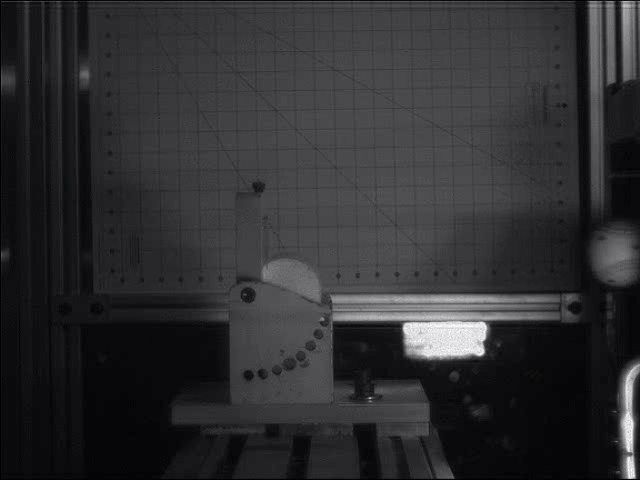5 Fundamentals To Better Golf

Some golfers hate practicing, but one thing I've learned is that the range — not the golf course — is where your swing gets better. You might be able to make small adjustments mid-round and play OK, but any real improvements come from practice. Let's say you've got at least 30 minutes once a week to work on your full swing. If you do, try these five fundamentals listed below that have helped me improve. Devote five minutes on each, and then use the final five minutes to mash it all together and swing away. It won't take long before you see the value in this type of practice. And then when you play, you can focus on targets and scoring—you know, the fun stuff.
1) BEFORE YOU SWING - DON'T PULL THE TRIGGER UNTIL YOU GET THIS RIGHT
I never work on the range without alignment sticks, but assuming you don't have any, you can use anything with a straight line to make sure your clubface, feet, hips and shoulders are aligned to hit your target. A golf shaft, a towel, even the edge of a range mat can help. I call it neutral alignment. You can't see my back foot or shoulder in this picture (below), because I'm lined up correctly. If you can't get this right, the best swing in the world won't get the ball on the green. The other thing to pay attention to at address is comfort. I know that sounds weird, but you should feel tension-free at address—and athletic. That means you feel relaxed, balanced and ready for action.

2) GOING BACK - STAY CONNECTED AS YOU START YOUR SWING
The one swing thought I always have is to stay connected. I know that can mean a lot of things, but for me it's using my shoulders more to take the club back and not letting my hands get too far ahead of my body rotation. The club, hands, arms and body should be turning together (below). They call it a one-piece takeaway. If you don't stay connected, it can create a world of wrong in your downswing. A good way to keep your hands from taking over the backswing is to delay your wrist hinge until the shaft is about parallel to the ground like it is in this photo.
3) AT THE TOP - TAKE THE INSIDE APPROACH
Make sure you have enough room to swing the club down into the ball from inside the target line (below). If you feel like your body is blocking your club from doing that, you didn't complete your backswing. Make a full turn with your upper body going back. Don't just take the club back with your arms.

4) STARTING DOWN - LET YOUR HIPS LEAD THE WAY
You really can't think about anything substantial in the downswing. It's too quick. All you can do is get it started correctly and then let whatever happens happen.
So the final thing to think about is letting your hip rotation begin the action. You can see that my left hip has moved away from the ball and my right hip has moved toward it. Some people focus on one side of the hip rotation versus the other. Whatever works for you. The only thing I would add is that I bump my left hip just a hair toward the target before the rotation. This clears more room for the club to swing down from the inside.
5) THE STRIKE-EXTEND THE RIGHT ARM
When I'm hitting it my best, the ball is flying pretty straight. As the club is traveling through the impact zone, I'll sometimes work on extending my right arm and keeping it extended at my target during the follow-through. It's a good tip for accuracy. Remember that hip bump I mentioned in Fundamental No. 4? It also helps keep my upper body behind the ball through impact like you see here (below). Assuming you shift your weight into your left leg with a hip bump, staying back provides power and a higher trajectory to your shots. And just like these others, it's a real simple fundamental to practice.

Stackhouse is a rookie on the LPGA Tour. She led Stanford to the 2015 NCAA national title.



















